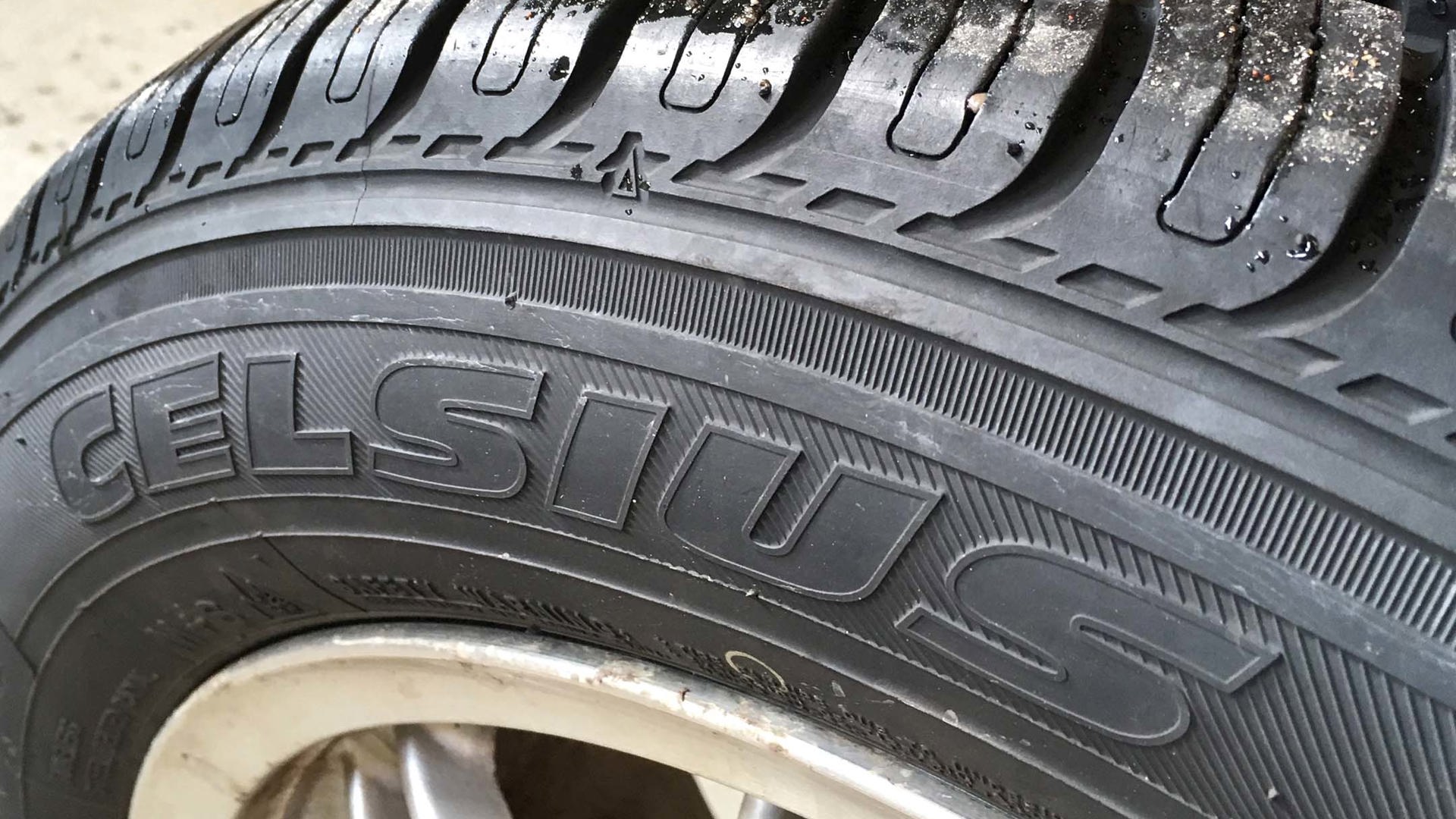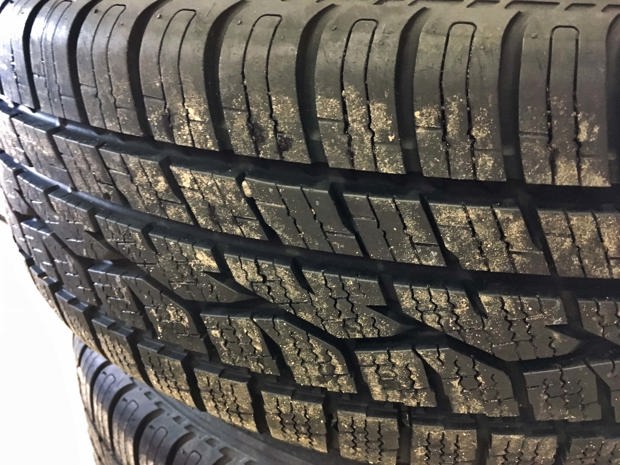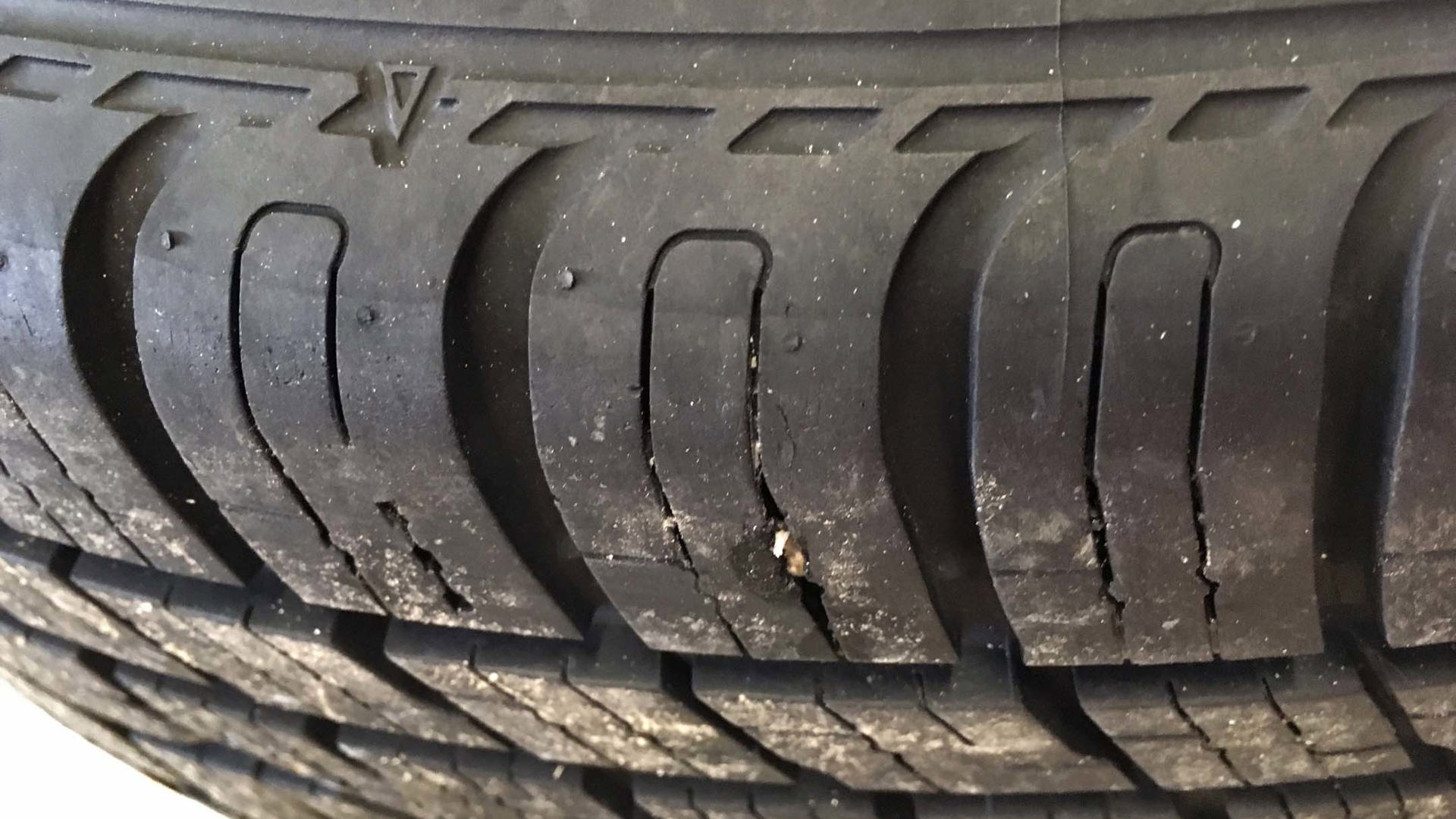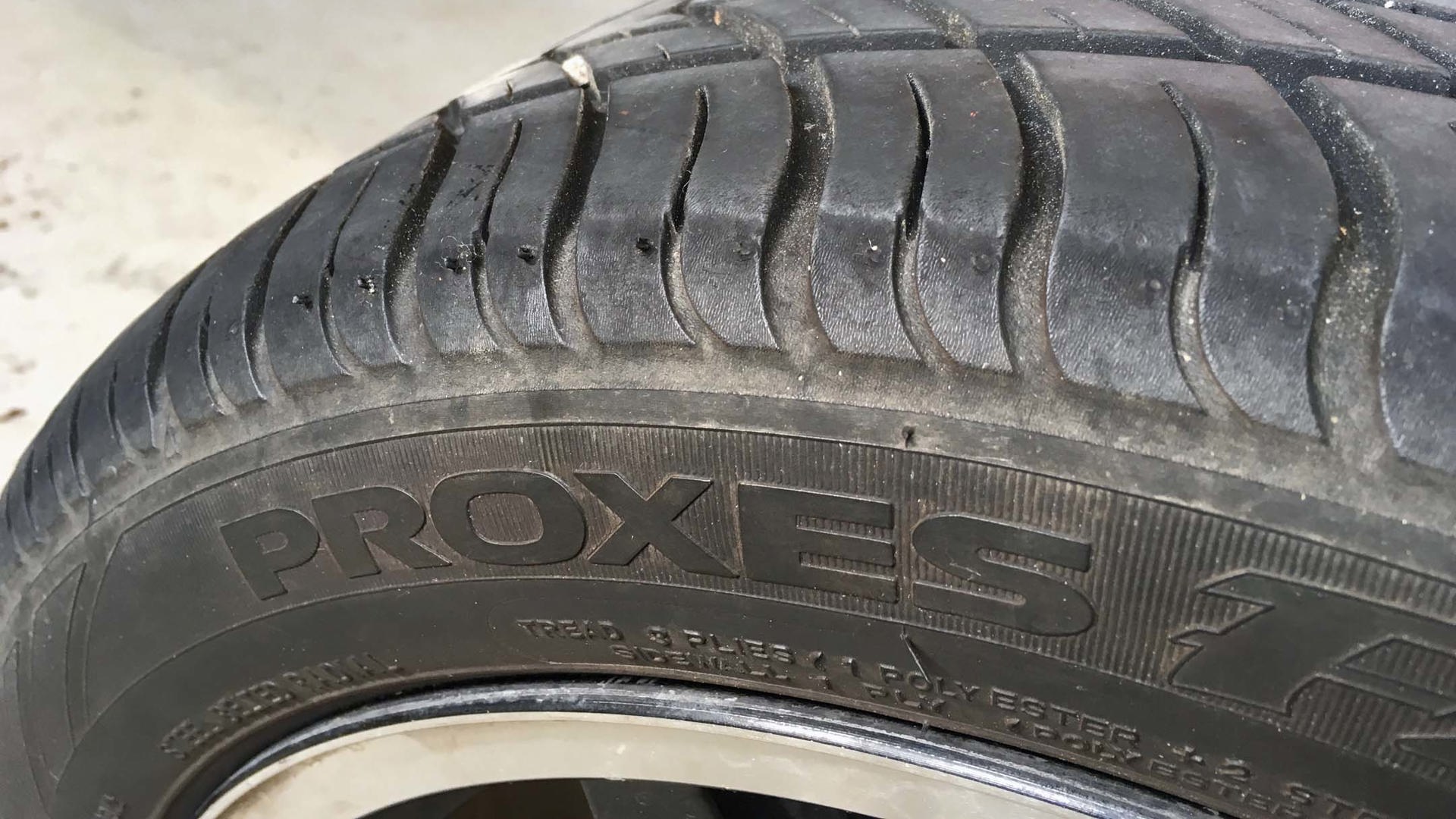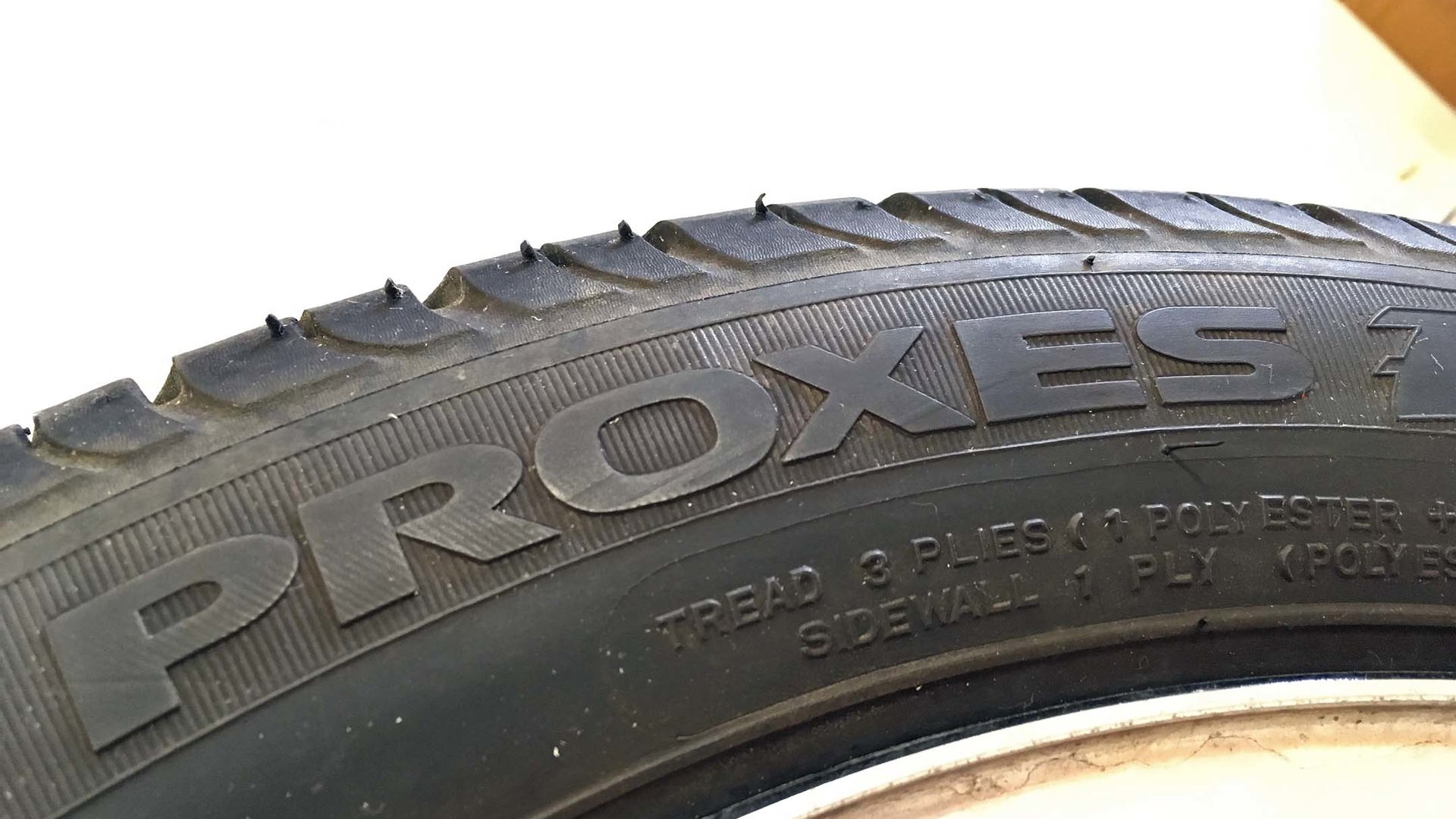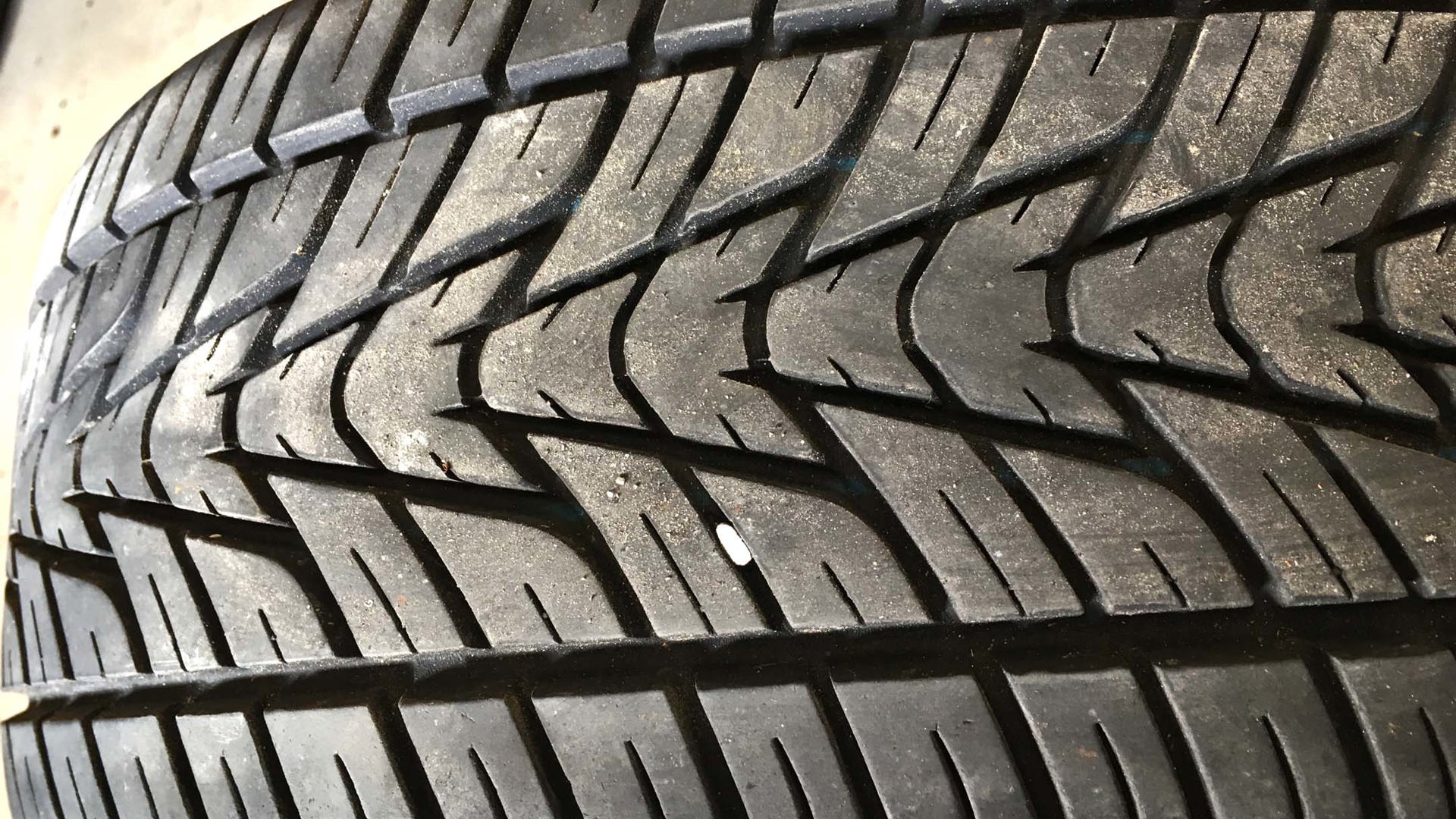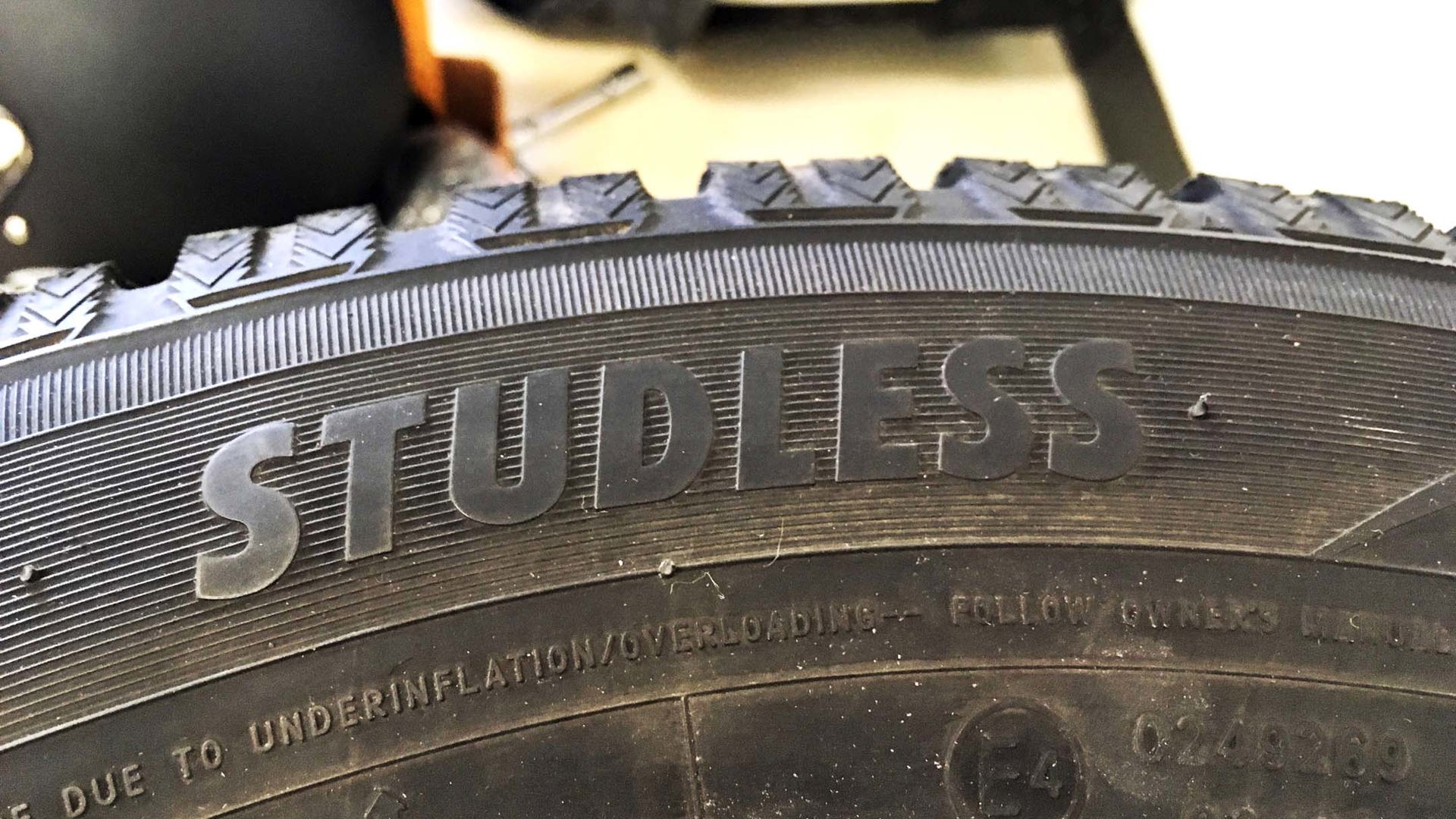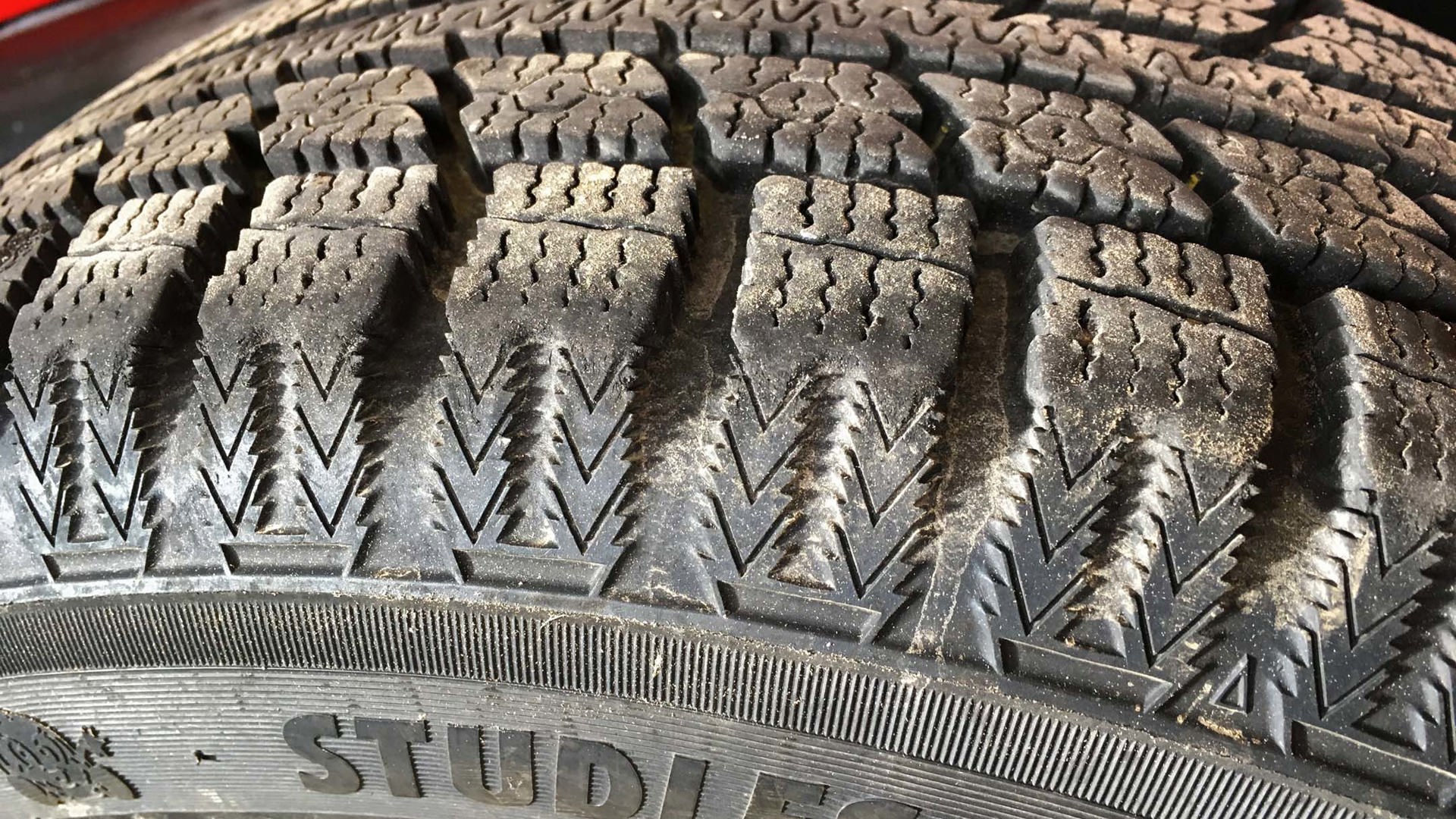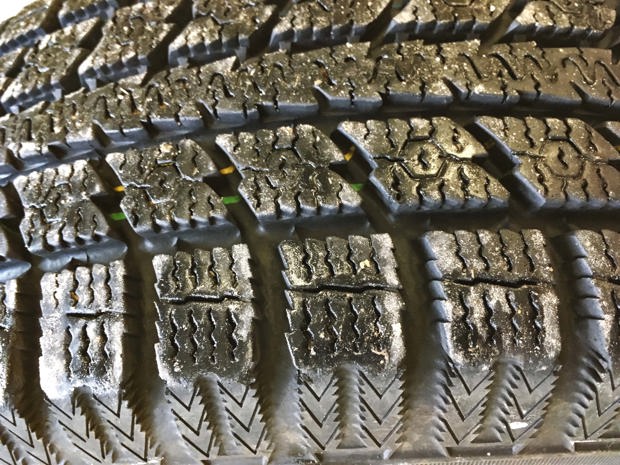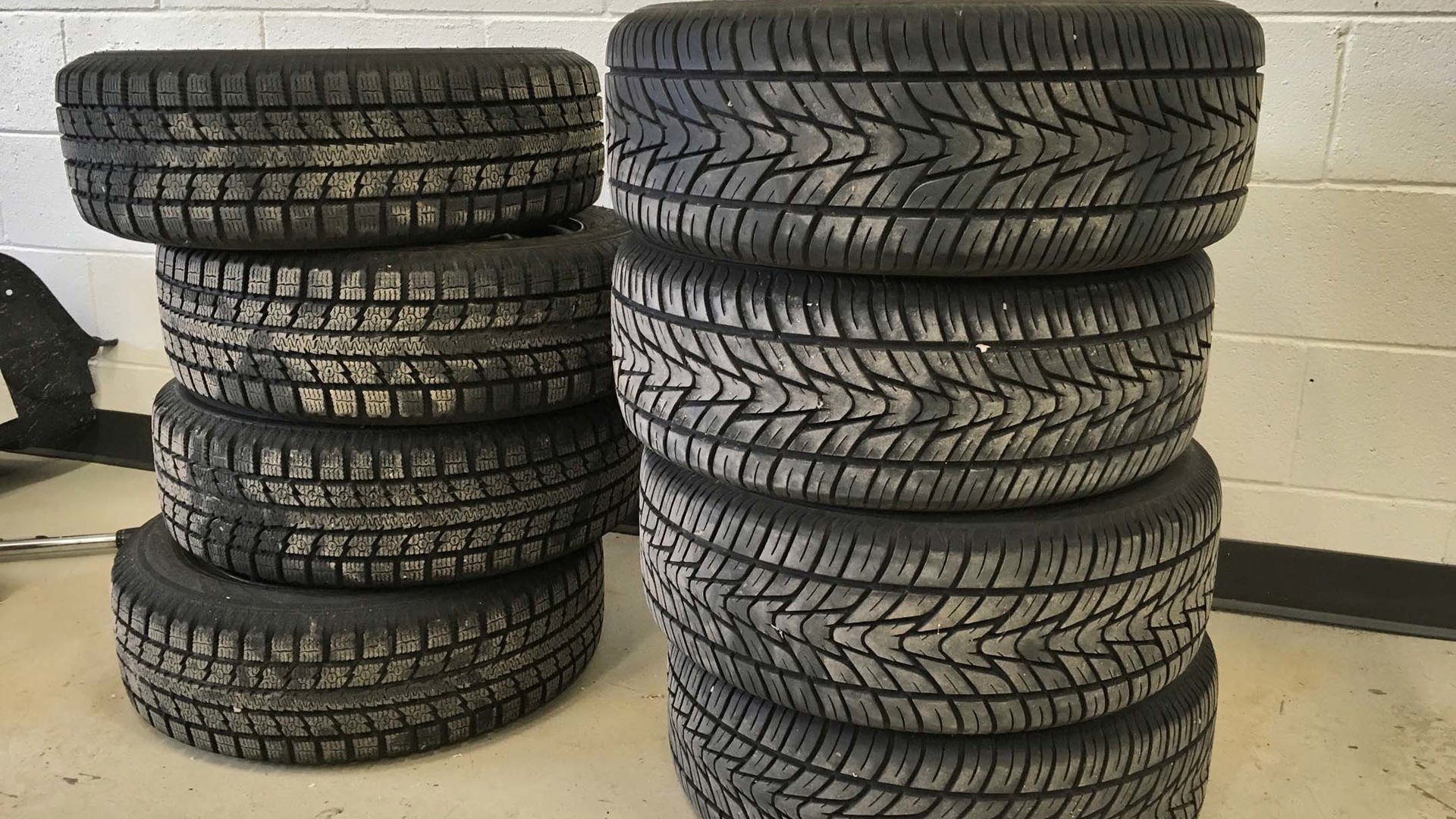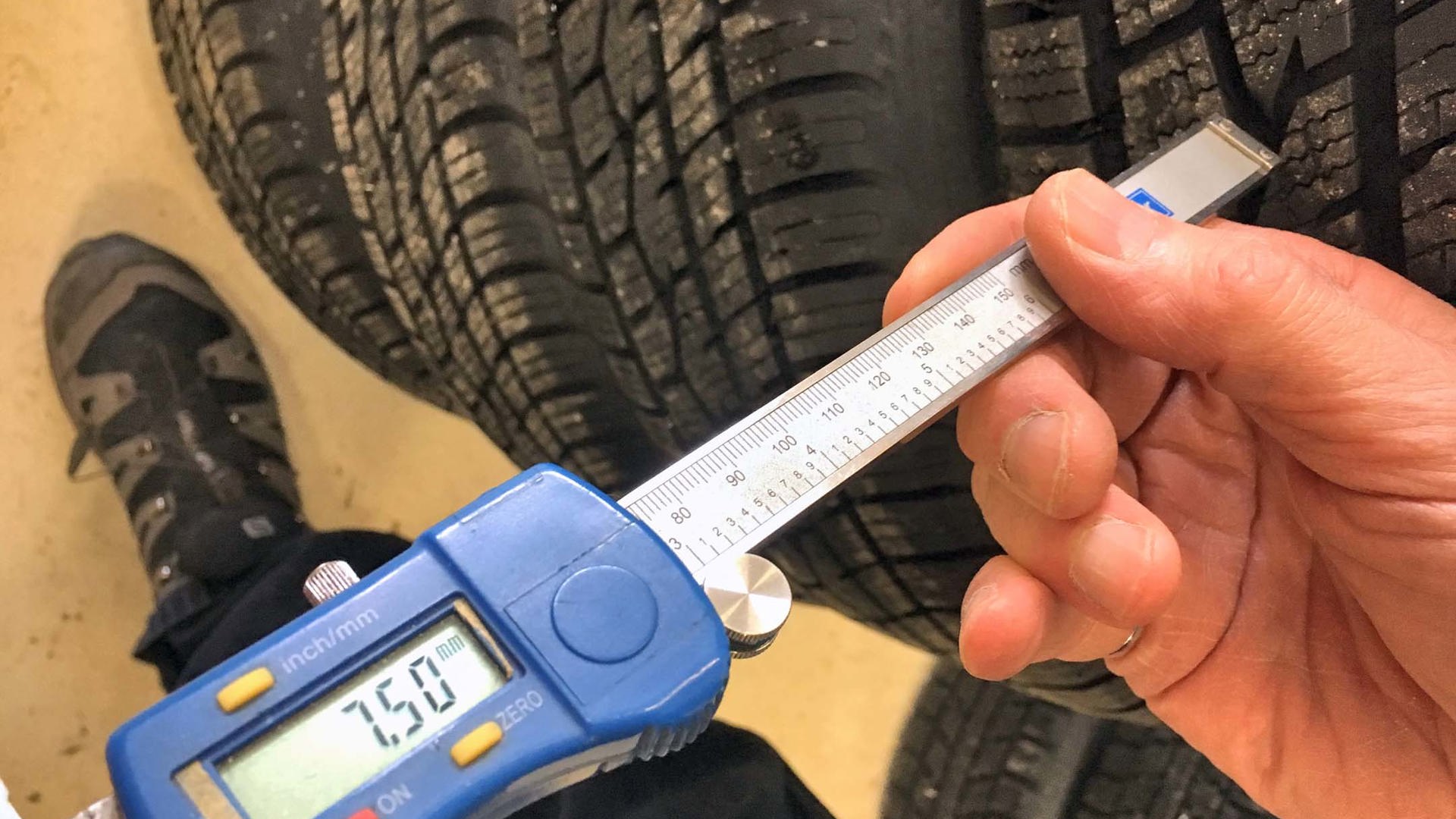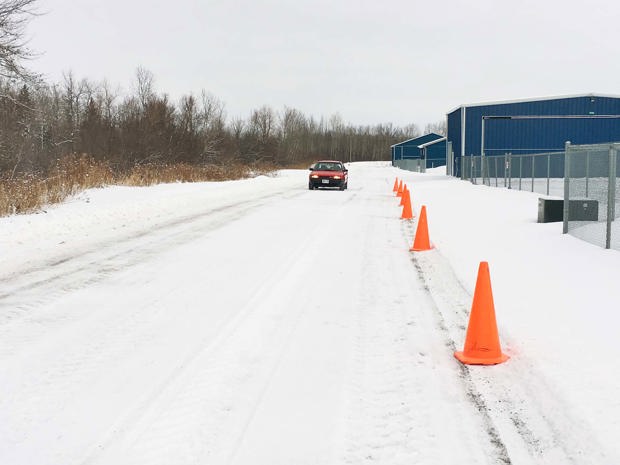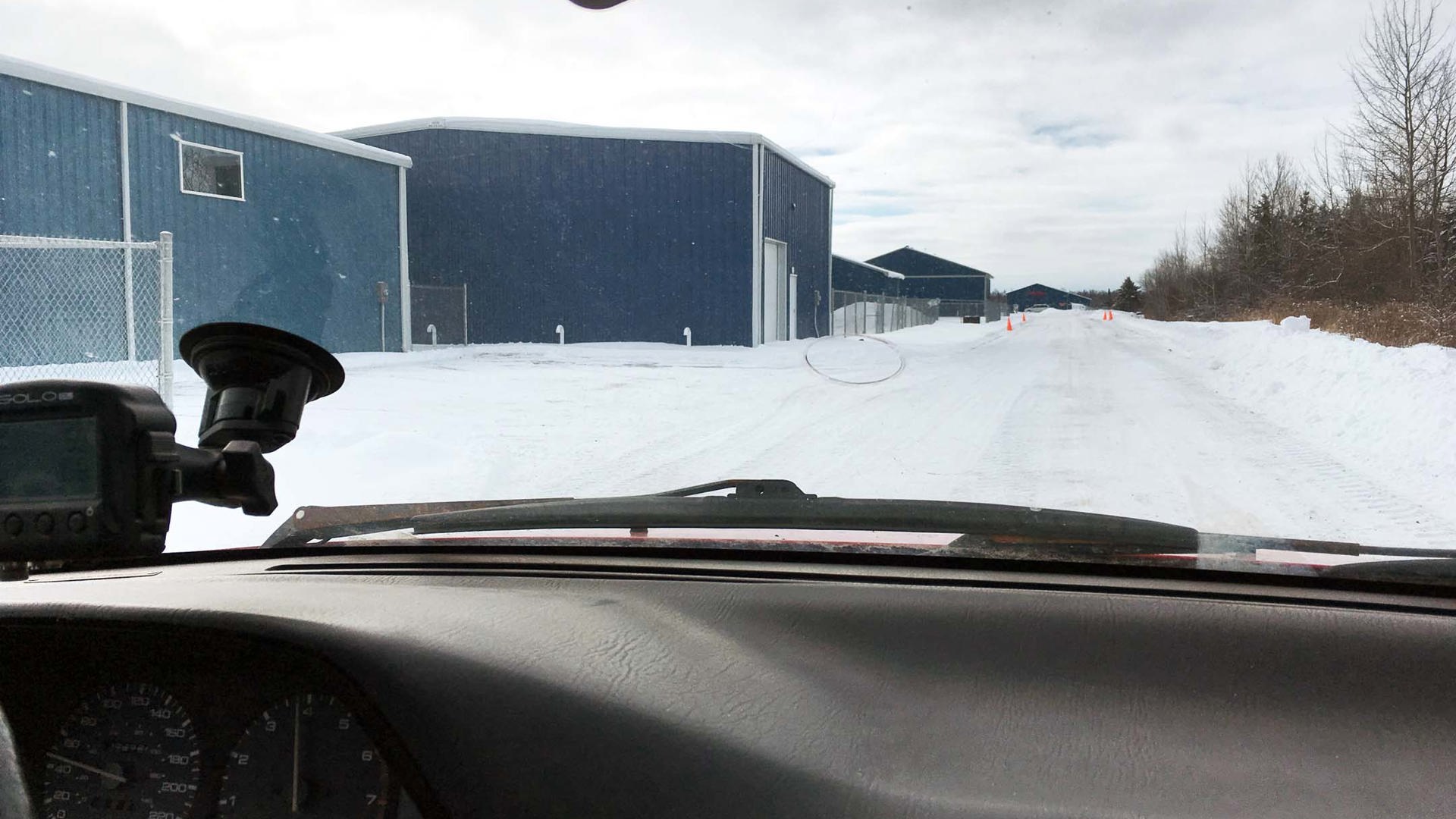When we last checked in, we had put 4,000 km of mostly fair weather driving on the Toyo Celsius All Weather tires. As a fierce advocate for genuine winter tires, I admit I was skeptical of this new product. My opinions were based on facts gained by experience – from dozens of winter driving schools, countless tire testing events, and not one, but two 3,000 km journeys across Alaska to the end of the road in Prudhoe Bay. In the middle of winter.
It would take a lot to convince me that anything can handle frozen surfaces as well as rubber compound specifically formulated to stay soft and grippy. When the talk began to circulate about these new “Four Season” or “All Weather” tires, I thought it more likely they contained fairy dust and unicorn farts than some new magic rubber compound that could do it all.
A lot of compromise goes into designing a tire to please a wide range of people. Buyers want something that will last a long time, but don’t want to sacrifice grip. It’s a tricky balance to come up with a formula that can straddle the line between both. Likewise, fuel economy – a tire that flexes a lot creates too much rolling resistance, hence more fuel to loosen its grip on the pavement and start rolling. But add too much silica to the sidewalls to retain stability and you risk having the ride become harsh. In a perfect world, we’d snap our fingers to have the car whisked away and re-shod for each and every driving condition.
Living with all-weather tires
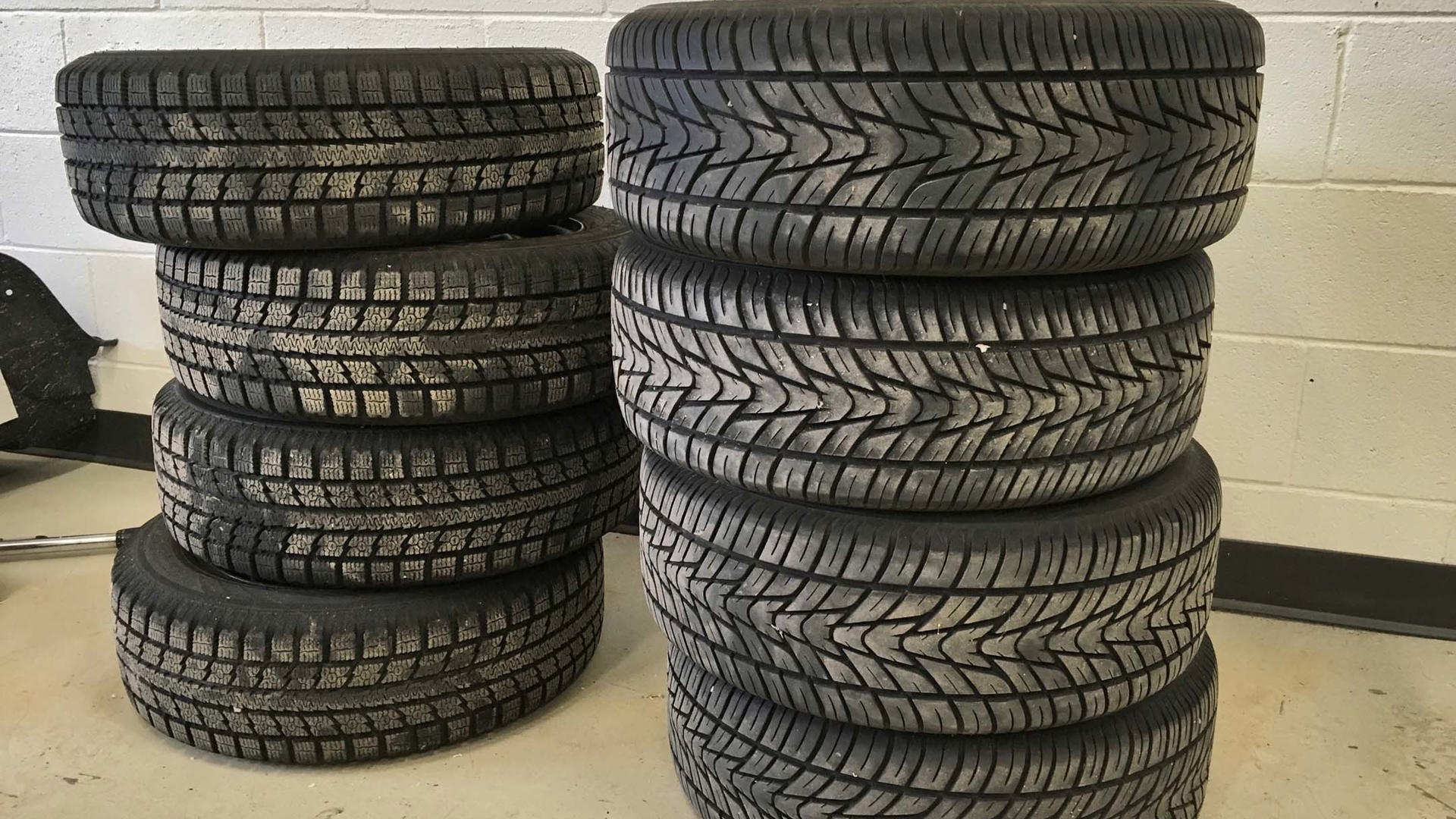
As much as we extol the necessity of real winter tires, in the hopes of creating awareness and helping to improve everyone’s safety, we also understand that the perfect solution may not be feasible for everyone. First, there’s the considerable outlay: a good set of winter tires can cost upwards of five hundred bucks. And then there’s purchasing a second set of rims, or paying someone to remove your old set and install the new ones twice a year. And where to put your summer wheels/tires while they’re not in use? For apartment and condo dwellers, that means paying for storage.
Most people want to be safer drivers. But if there are too many obstacles – financial or otherwise – a lot of people are going to forgo the hassle and just keep driving on their “all-seasons”. And it doesn’t help when unscrupulous shops or dealers reassure them that with a good tread, all-season tires are good enough for winter.
After a year of driving on the Toyo Celsius, I’ve got to admit that they come pretty close to fulfilling those “four season” claims. We liked the way they handled in the summer, with a strong enough shoulder block to provide good stability when cornering. Although the Celsius has a substantial tread pattern, there wasn’t an undue amount of noise during the warm months. As the weather got colder though, we did notice an increase in thrumming as the rubber hit the pavement.
Toyo admits that the Celsius tire isn’t intended for those of us who live in the snow belt, and that a dedicated snow tire is the safest bet. But for people who live in urban centres where the roads are kept clear, or those who live in more temperate zones like Vancouver, the Celsius is a convenient option.
Design vs material
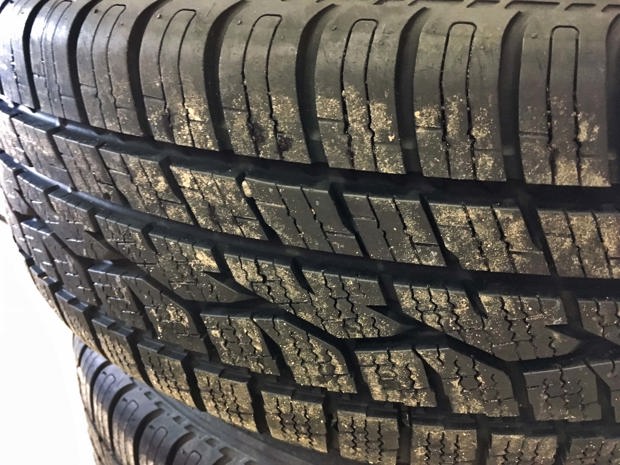
The “three-peak mountain snowflake” symbol on the sidewall indicates that the Celsius meets Transport Canada’s requirements for winter use – even in provinces like Quebec, where winter tires are mandatory from December 15 to March 15. Yet the Celsius isn’t made with a soft winter compound, which would wear quickly during the hot months; it uses all-season rubber. The secret lies in the asymmetrical tread pattern. The Celsius has dual tread segments with extra siping on one side for traction on snow and ice. The deep sipes have a “multi-wave” pattern that interlocks to create a stiffer tread block, providing more stability and reducing wear, and sawtooth edges on the tread blocks for added traction. Deep circumferential grooves help evacuate water and slush to prevent hydroplaning.
But we’re not just going to take them at their word. We decided to see for ourselves, in real-world driving, how the Celsius would fare year-round. We took them everywhere we’d go on dedicated snow tires – and they actually performed quite well. There isn’t the decisive bite when cornering that you get with genuine winter rubber, but overall we were impressed with their grip and stability.
However, the biggest advantage winter tires have over all-season rubber is their braking ability. Many drivers are under the mistaken assumption that their all-wheel-drive crossover will out-perform a 2WD car on snow tires. Not so. All-wheel drive will indeed help prevent you from getting stuck – but has absolutely no effect on the vehicle’s stopping distances. Dedicated winter rubber will out-brake any other tire on ice and snow, regardless of the drivetrain configuration.
Against the competition
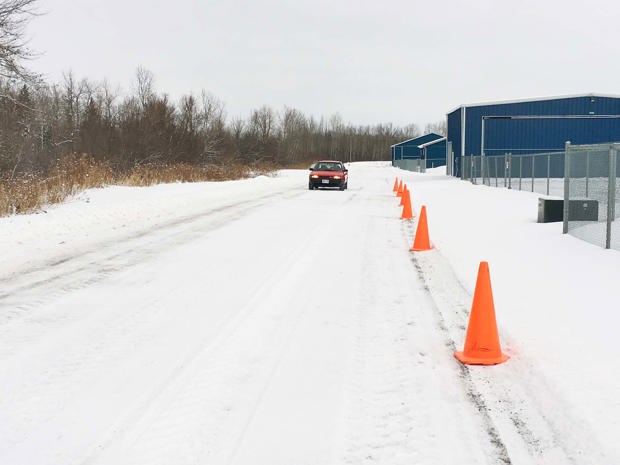
Instead of relying on supplied data, or carefully controlled evaluation exercises held by the manufacturer, we held our own independent braking test: the Toyo Celsius All Weather against all-season and dedicated winter tires that we’d purchased ourselves. In order to remove any suspension or power variables, we used only one car, a Mazda Protege without ABS, throughout the testing.
To keep it fair, we used 15-inch tires with an equal amount of wear, and all by the same manufacturer. Tread depth was measured at exactly 7.5 mm on all tires, and all were inflated to 32 psi.
Thankfully, it had snowed all weekend and although the sun was shining, the temperature held at –10°C.
Using a closed road, we set up a 500-foot course with sets of cones for a start gate and the braking zone. We chose 50 km/h as our speed limit, to reflect the average speed of most daily drivers. To ensure consistency, we also used a data acquisition system to record speed and braking points. We’d do four runs on each tire and use the data to discard any late or early braking.
The first set of tires were my own Toyo Proxes all-seasons, bought new for my Mazda MX-3 about five years ago, and used for only one year. An all-season performance tire designed for sports cars and coupes, they’re a sharp-looking tire with V-shaped directional grooves that channel away water and prevent hydroplaning.
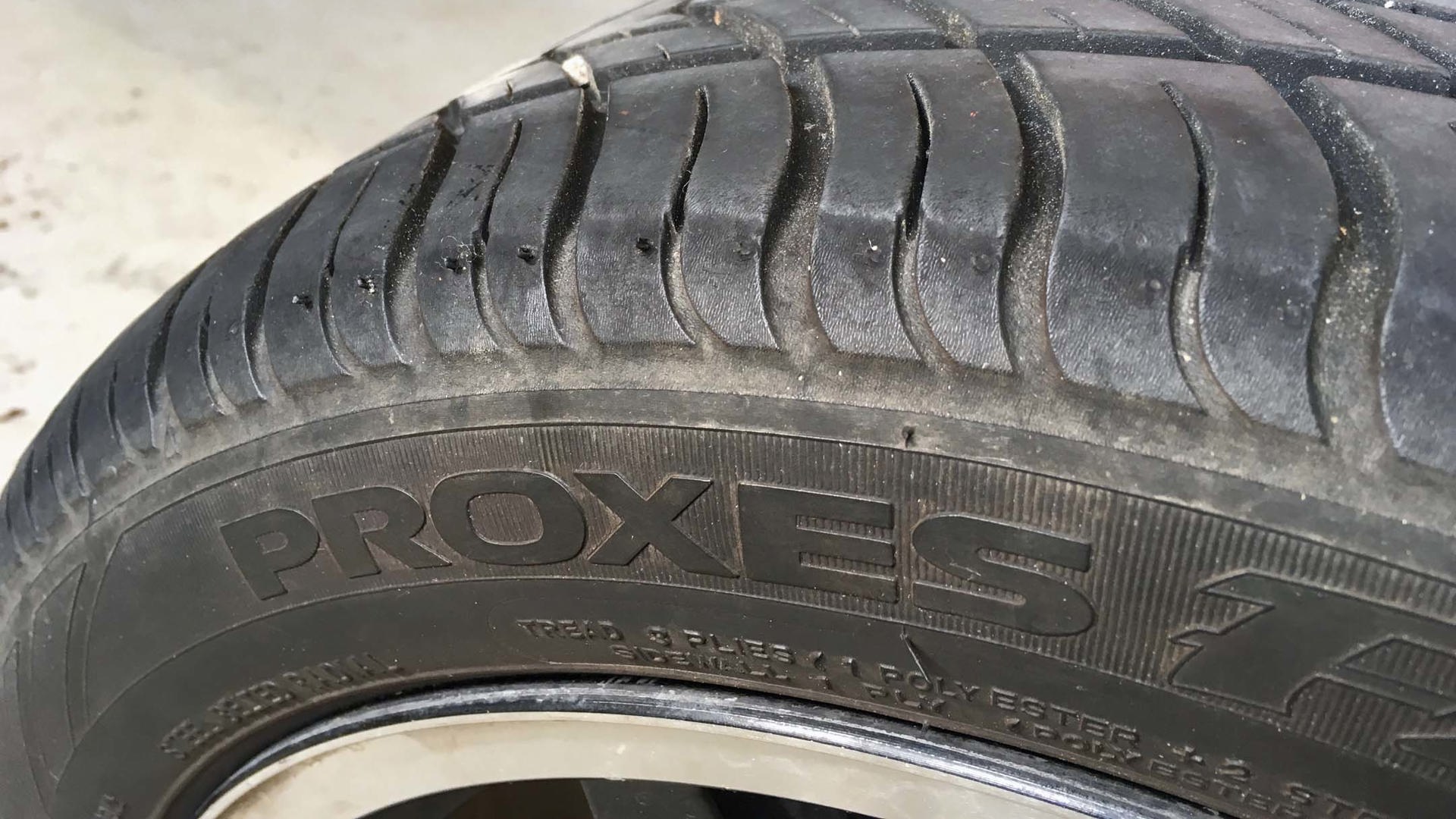
The rubber looks good, with no cracking, the treads are nice and deep and there’s not much wear on the pair of circumferential channels. But out on the road they were like hitting the rink in dance shoes and their lack of traction wasn’t inspiring much confidence. Once we left the start box, we used both the data logger and speedometer to ensure we maintained 50 km/h, and hit the brakes at the designated cone. It took 141 feet to come to a complete stop, but we suspect that we’d accidentally braked early. The next three runs measured 149, 154, and 159 feet.
Next, we installed the Toyo Celsius all-weather tires and repeated the exercise. Our four runs measured 108, 118, 119 and 126 feet. The difference between the all-season and the all-weather performance is pretty dramatic – more than two car lengths. Out on the road, that could mean the difference between stopping safely, and a collision.
The last set of tires were our Toyo Observe GSI5 – a highly rated, dedicated winter tire that actually uses crushed walnut shells in its compound formula for extra traction. These tires have handled 12 km of unpaved, northern cottage road in the middle of winter, no problem.
Over four runs, we recorded 103, 107, and 108 feet. It’s important to note that the build date of these tires is 2011 – proving that even aged winter rubber can be a safer choice than any other tire.
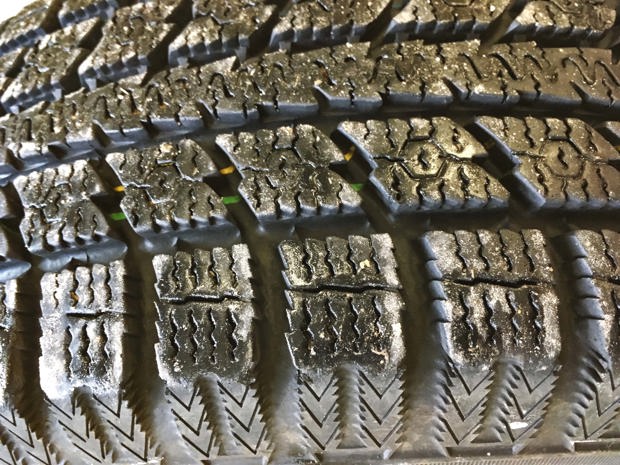
The verdict
After analyzing the data, we threw out any early or late braking runs, and averaged the results for each tire:
Toyo Proxes – 154 feet
Toyo Celsius – 115 feet
Toyo Observe GSi5 – 106 feet
While we had expected the Celsius to score somewhere in the middle, it actually performed closer to the winter than the all-season tire. However, one of the factors affecting the outcome was the mild temperature of –10 degrees Celsius. Most parts of Canada routinely see much colder weather. Since the all-weather tire’s rubber is virtually the same as an all-season, its performance would be impaired by extreme cold.
In conclusion, while we still believe there’s no better peace of mind for winter driving than a real winter tire – the new all-weather tire is an acceptable compromise for most weather conditions and a much safer choice than all-seasons.
